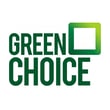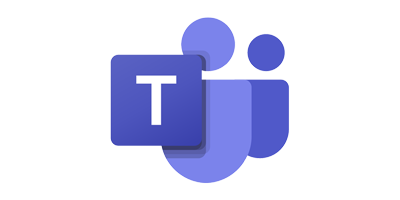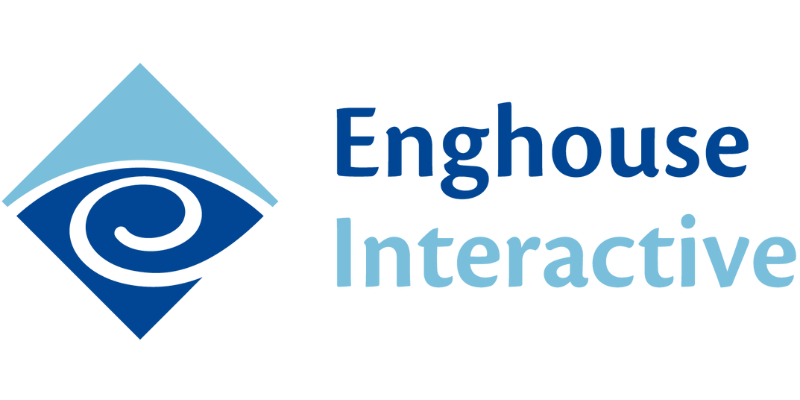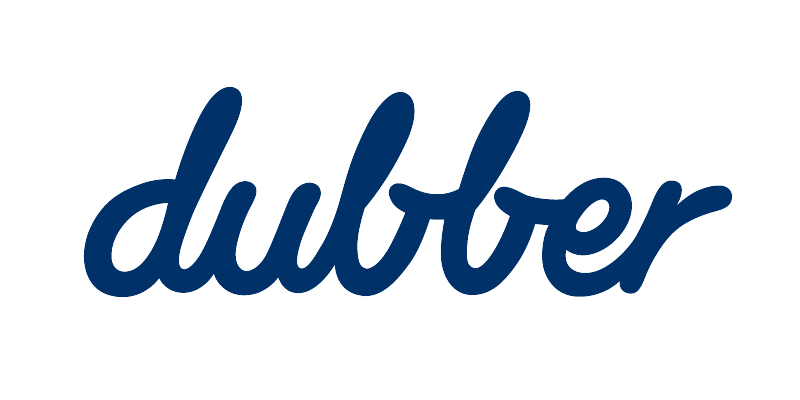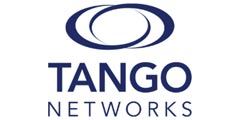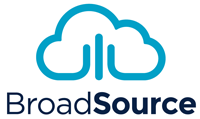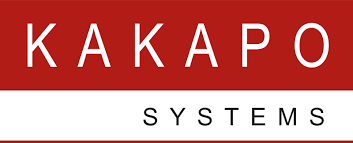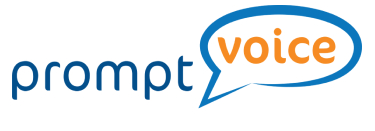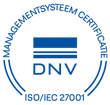Speaker at 2018 Healthcare Call Center Conference Shares Industry Survey Results
At the 2018 Healthcare Call Center Conference in Pittsburgh, Pennsylvania, Daniel Fell of NDP presented on the topic “Key Findings and Trends from the 2018 Healthcare Call Center Survey.” There was great interest in this session as it highlighted empirical evidence of the critical and growing role that call centers and call center technology are playing. Not surprisingly, the development of omnichannel communication capabilities was highlighted (see #4 below) as one of the key enabling technologies for call center success.
Here are the top 11 healthcare findings and trends that Fell shared at the conference:
1. The number of call centers is shrinking because of mergers, acquisitions, and consolidation – the trend is an increase in the number and size of the deals. As companies are merging, they need greater efficiencies and look to call center technology to deliver those efficiencies.
2. There is a growing number of call centers being created because companies are building and expanding programs. They are for instance increasing the number of micro centers. The reason? There are simply more audiences to manage now. According to 75% of survey respondents, the number of services managed is increasing. The fastest growing area is post-discharge (mentioned by 35% of respondents) as providers seek to minimize readmissions or additional physical visits. Call answering services are growing also, as well as physician referrals. On the outbound call side, patient care and navigation and patient satisfaction calls are increasing also. The overall trend is for organizations to have smaller call centers that have fewer people, but which are more nimble.
3. The strategic importance of the call center is increasing. This fact means that call centers are receiving more resources, but they also face greater expectations and have more accountability for return on investment (ROI). The “executive value perception gap” is shrinking – meaning that management is acknowledging the importance of call centers more and more. Specifically, VPs, COOs, and CEOs now understand the critical nature of “human interaction platforms,” such as the call center, where personal patient interaction and satisfaction is an appreciated loyalty and revenue driver.
4. Patients and customers will connect with care providers through omnichannel call center technology. In today’s world, the standard is NOT “one person needs one method of communication.” Rather, “one person needs simultaneous access to five different methods of communication.” The web, mobile applications, texts, phone calls, and email are all possible channels of communication that a patient might choose or need at any given time. The question patients are asking themselves is: “What is the best way for me to communicate at this particular moment?” Call centers that have the flexibility to accommodate these needs will have a significant advantage in moving forward. Integration with the EMR/EHR for bi-directional data sharing with call center agents is also growing — and much needed — to enhance the omnichannel experience.
5. The focus for many call centers is internal audiences – not external audiences. From patient access to care coordination, there are many roles that the call center is playing to help facilitate care delivery within a clinical environment.
6. Centralized scheduling is an important function still, but more experimentation is happening with hybrid models.
7. Care management and customer engagement are the most important strategic opportunities for call centers. Outbound calls are being increasingly used to reduce the risk of readmission, reduce costs, and increase patient/customer satisfaction.
8. Telemedicine and virtual care are a reality! Call centers are uniquely positioned to support telemedicine and help deliver great customer experiences.
9. The use of disruptive technology in healthcare will follow the population’s willingness to adopt technology in general. Just as other consumer trends grow — such as the use of Uber and the use of services like “A Place for Mom” — the adoption of new technology-driven services in healthcare will increase. One example is the use of Uber and Lyft for house calls, patient visits, and urgent care.
10. Despite the points made in #9 above, in response care provider and patient “fatigue,” a digital backlash of sorts will occur, causing the demand for human interaction to grow. The lesson is: you have to use technology to get more, faster, and better human interaction, not to replace human interaction.
11. Healthcare call centers will become a critical marketing channel for healthcare brands seeking customer loyalty. Call centers are the face of the organization and are the key to great customer/patient satisfaction.
For additional information about our HIPAA-compliant, HITRUST certified solutions for the healthcare industry, visit Evolve IP’s Healthcare Solutions page or use the contact us feature to speak with someone today.



